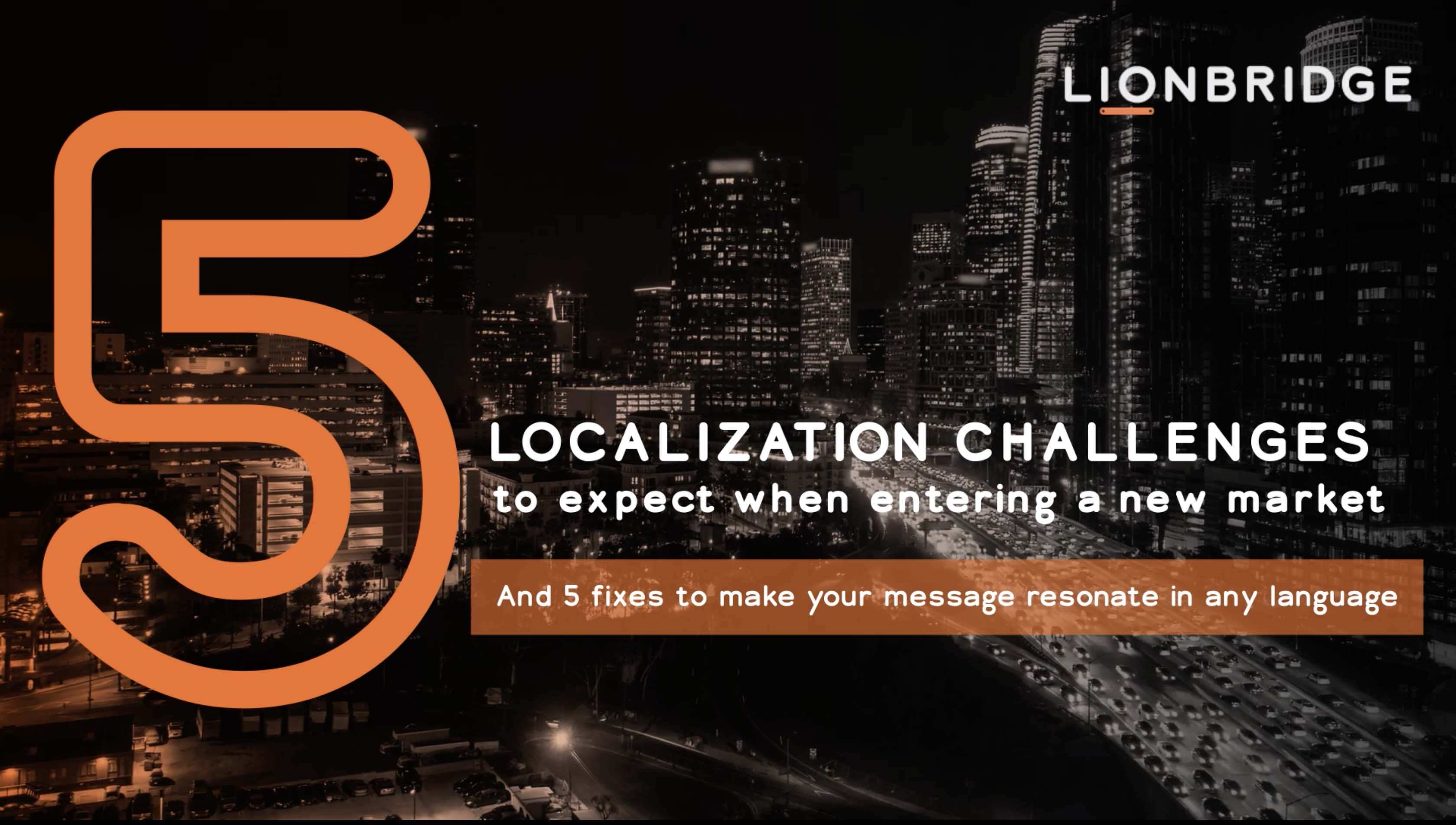- WHAT WE DO
Additional Services

- Industries

Case Study: Multilingual Retail Marketing
New AI Content Creation Solutions for a Sports and Apparel Giant

- RESOURCES

- WHO WE ARE

What We Do Home
Generative AI
- AI Translation Services
- Content Remix
AI Data Services
- Aurora AI Studio™
Machine Translation
- MT Tracker
Instant Interpreter
Customer Onboarding
Translation Service Models
Content Services
- Technical Writing
- Training & eLearning
- Financial Reports
- Digital Marketing
- SEO & Content Optimization
Translation Services
- Video Localization
- Software Localization
- Website Localization
- Translation for Regulated Companies
- Interpretation
- Instant Interpreter
- Live Events
- Language Quality Services
Testing Services
- Functional QA & Testing
- Compatibility Testing
- Interoperability Testing
- Performance Testing
- Accessibility Testing
- UX/CX Testing
Industries Home
Life Sciences Translations
- Pharmaceutical Translations
- Clinical Trial Translations
- Regulatory Translations
- Post-Approval Translations
- Corporate Pharma Translations
- Medical Device Language Services
- Validation and Clinical
- Regulatory Translations
- Post-Authorization Translations
- Corporate Medical Device Translations
- COA Translation Services
Banking & Finance
Retail
Luxury
E-Commerce
Games
Automotive
Consumer Packaged Goods
Technology
Industrial Manufacturing
Legal Services
Travel & Hospitality
Insights
- Blog Posts
- Case Studies
- Whitepapers
- Solution Briefs
- Infographics
- eBooks
- Videos
Webinars
Lionbridge Knowledge Hubs
- Positive Patient Outcomes
- Modern Clinical Trial Solutions
- Patient Engagement
- AI Thought Leadership
SELECT LANGUAGE:
Localization is a time-consuming, intricate, and multi-layered process. It can be tricky to manage if you don't have in-depth knowledge of your target culture. If you lack a comprehensive plan to deal with the challenges of localization, it can quickly become overwhelming.
However, that doesn’t mean localization has to be difficult. If you partner with an experienced localization provider like Lionbridge, you can overcome even the biggest of localization issues. Below are five of the most common localization challenges that companies run into — and the solutions that will ensure your content makes a big impact in your new market.
1. Communication involves more than just language
When we deal primarily with people who share our own cultural backgrounds, it's easy to forget how many elements there are to effective communication. You can change the language of a piece of content by translating it. However, translation alone fails to touch on all the contextual and visual nuances that create true meaning. In online content, for example, everything from the way your pages are designed to the length of your text impacts the way your audience will react to your content — and, by extension, your brand.
These non-verbal elements make content feel familiar and relevant. Unsurprisingly, that's the kind of content customers want. Research shows that people most want to interact with media that matches their cultural expectations and feels personally targeted to them. As content creators in one culture and language, how can we know what we need to localize for another?
The Fix
Well-localized content is methodical and purposeful. At Lionbridge, we view localization through three distinct lenses. This allows us to place each element of communication into one of three different categories:
- The perceptual level: How people in a culture understand what their senses take in.
- The symbolic level: Cultural norms and semiotic meanings, such as those that a culture attributes to colors, symbols, and myths.
- The value level: The beliefs that help us set priorities in our lives. For example, do we prioritize the community or the individual? Independence or stability?
When you review content and design using this three-fold approach, you can identify the elements that have different meanings in other cultures. By incorporating this understanding into your text, you align yourself with your audience, allowing them to focus on what you truly have to say.

2. Brand voice can clash with cultural norms
According to intercultural competency group CultureWizard, eight dimensions of culture govern communication. Of these eight dimensions, two can cause difficulties with localization: formality and group thinking.
In the US, for example, we have a cultural preference for casual relationships that has spilled over into advertising. American commercials tend to sound friendly and informal. Those commercials might not have the same impact in Japan, for example, where word choice depends on the status of the speaker as well as the listener. This can cause problems when a company with a very casual brand voice decides to expand to Japan.
US companies can face similar issues when their brand voice focuses on individuality and personal expression. In a collectivist culture, where people see themselves primarily as parts of a connected whole, that need to stand out may not be as present. This can cause brands that are established in individualistic cultures to fall flat in collectivist ones.
The Fix
These cultural disconnects can run deep. To find and address them, a company needs an in-depth knowledge of the target culture. This is far bigger than just the translation team. Every part of the organization which interacts with a new market needs to understand fundamentally how people from that culture prefer to do business.
At Lionbridge, we've been doing just that for more than 20 years. Our team members are on the ground in our clients' target markets, in more than 5,000 cities, and they make sure we transform content so it’s culturally as well as linguistically resonant.
3. Localization takes time and money
You only get one chance to make a first impression. Yet companies often try to rush the process of preparing to enter a new market.
Hurrying to get things done results in lower-quality outcomes. That’s a risk you just can’t afford to take when entering a new market. According to the Content Marketing Institute and Marketing Profs, brands that release ineffective content are 40 percent less likely to make sales.
Too often, companies cut corners on localization and rush into new markets. The team that is responsible for localizing ends up needing to choose between doing a job that's thorough and one that's fast and cheap.
The Fix
Localization always takes time. The solution is to treat it as an investment. Good localization will pay off in global revenue, but it's important to trust the process.
However, don't make it more complex than it needs to be. The less content you have to localize, the better. Use simple sentences and concise language that will get the message across — but don’t create contact that lacks substance just for the sake of brevity. Try to avoid adding more subjective elements that could be more difficult to localize, such as humor or cultural references.
Try thinking of your content as a series of components. Each component should be succinct enough that you can create it, localize it, and re-use it within the target market. If you need to add to a piece of content, simply create a new component and integrate it as needed.

4. Translation affects design
Design and content creation often happen separately, then come together immediately before release. That's fine if you're only operating in a single market, but it doesn't work for a global company.
For one thing, phrases are longer in some languages than in others. “Buy now” in English is “acheter maintenant” in French. If your web designers size your “buy now” button for English, the French words will run off the side of the button.
Some languages run top-to-bottom or right-to-left. If your website template only supports left-to-right writing, you'll have trouble entering markets where readers move from right to left, such as in Israel.
The Fix
Centralize your localization strategy. A single comprehensive language service provider can take care of:
- Consistency and relevance of brand messaging
- Language services
- Content management
- Workflow design
The service provider can then work with decentralized contributors (like multilingual SEO experts, in-country data collectors, and graphic designers) to make sure everybody is collaborating, and nothing is missed.
5. Prepare your infrastructure before you start localizing
The most centralized process in the world won't result in successful localization if your company's infrastructure can’t support global operations.
Consider your content management system, for example:
- Does it support all the characters and accent marks in your target language?
- Can it format dates, currency, and measurements correctly for your target culture?
- Can you customize it so in-country users can edit content?
These are just a few of the functionalities in just one of many systems that you need to consider. Everything that interacts with your localized content needs to be designed with multilingual and multicultural operations in mind.
The Fix
Review all the software programs you use for your domestic operations. Make sure you have:
- E-commerce functionality and online chat, preferably in your target languages
- Compatibility with all integrated services, like marketing automation, email services, and CRM systems
- Workflows that support global operations
- Globalized templates
It’s a lot to keep track of. That’s why the most important thing you need is a localization services provider that can examine your business and tell you what you need to do to get ready to localize.
Lionbridge has over two decades of experience working in every aspect of localization, globalization, and transcreation. We know what it takes to localize effectively. Even better, we can help you avoid the common pitfalls of entering a new market and build a seamless localization process. Get in touch with us to discover how we can help you successfully enter a new market and communicate like a native from day one.





